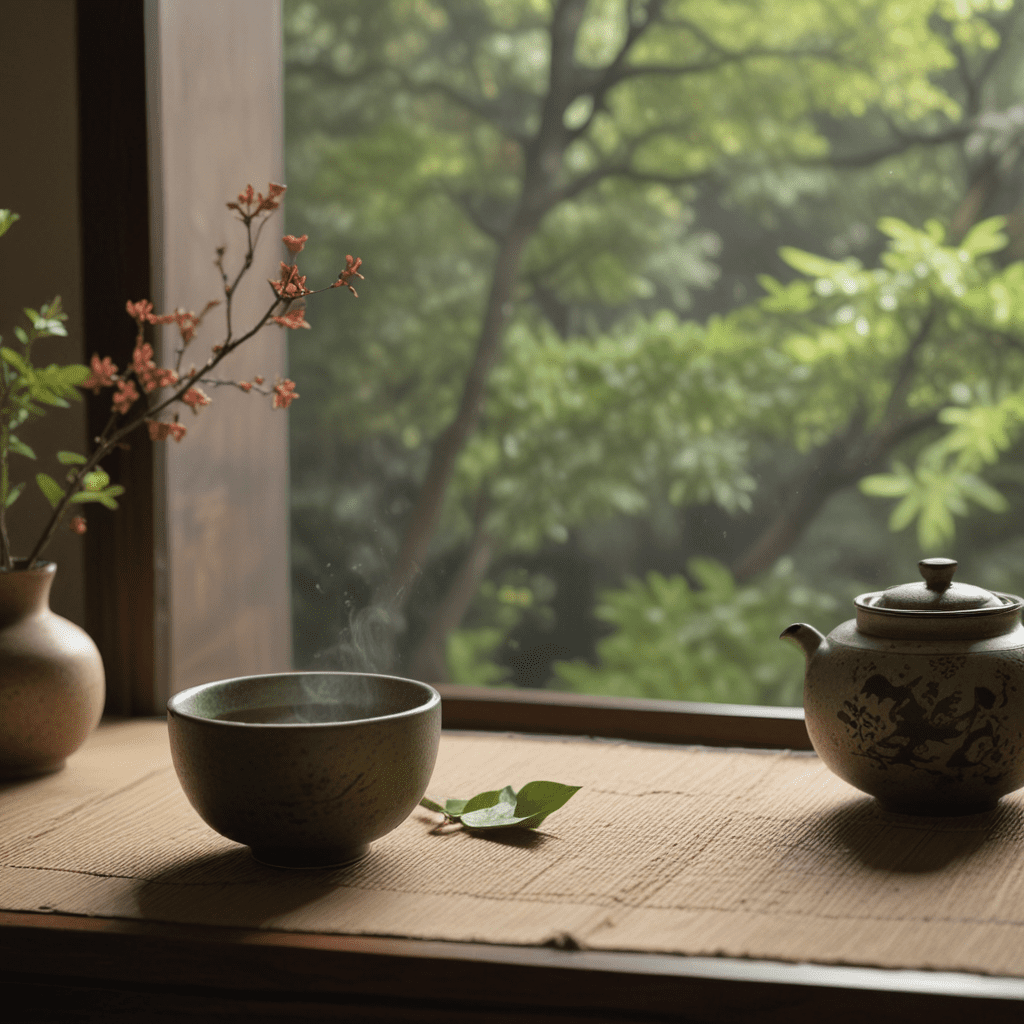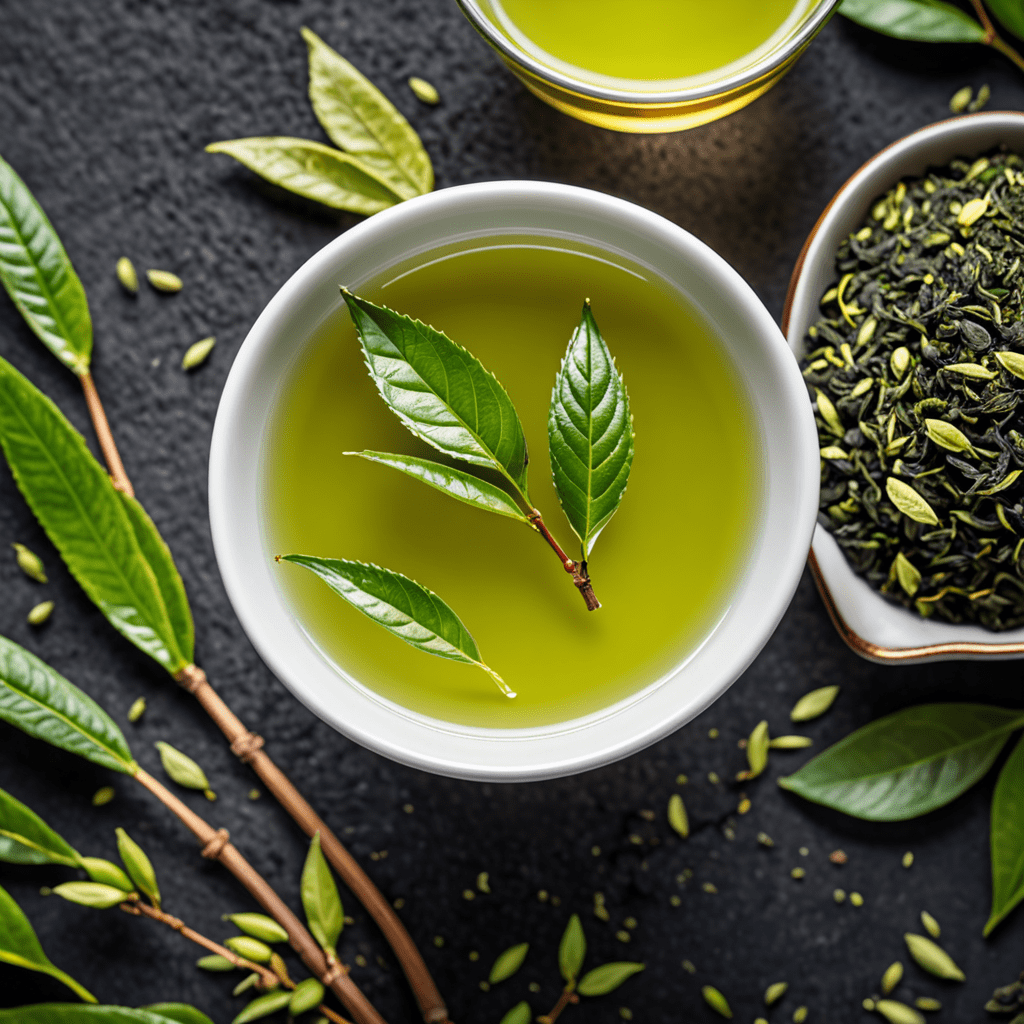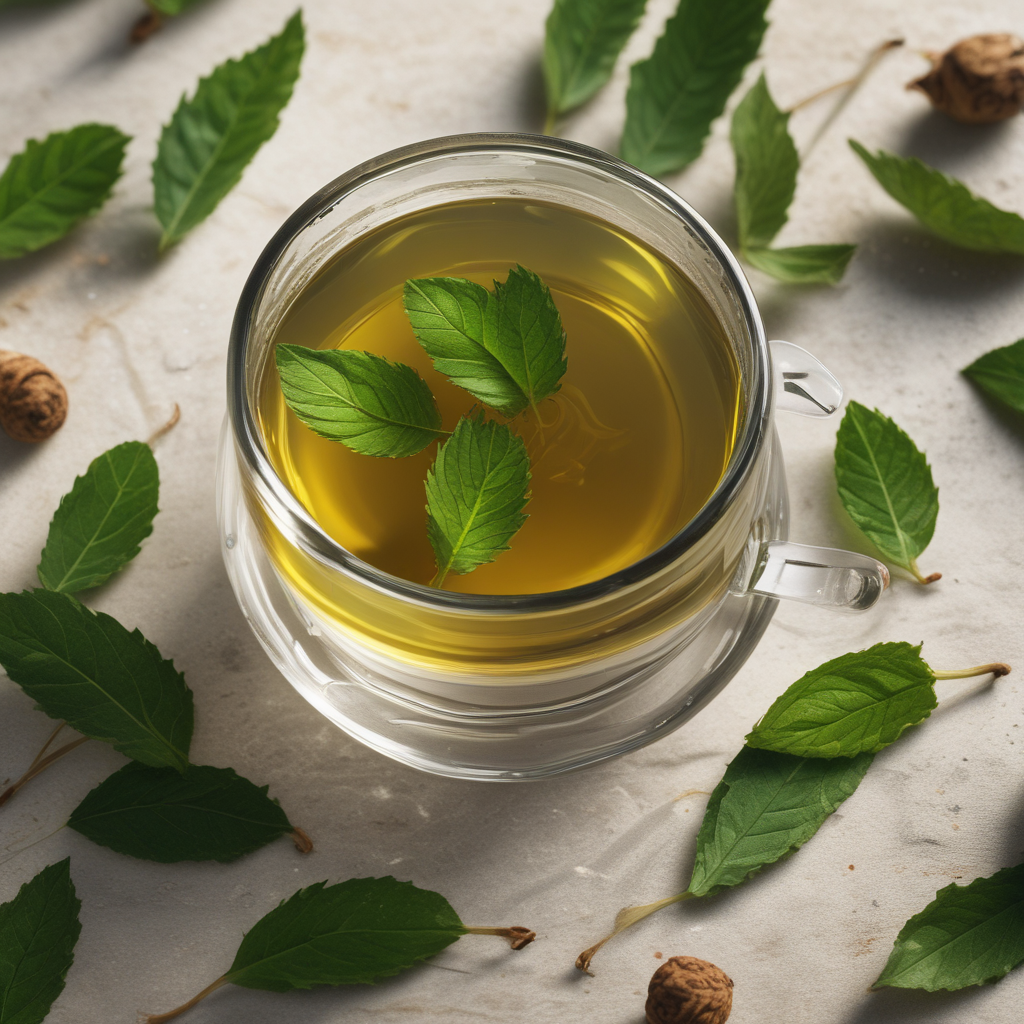A Taste of Tranquility: Japanese Tea Ceremony Rituals
The Japanese tea ceremony, known as "chanoyu" or "chado," is an ancient ritualized practice that elevates tea drinking to an art form. Steeped in centuries of tradition, the tea ceremony offers a unique blend of mindfulness, aesthetics, and cultural exchange.
Essence of Harmony and Respect
At the heart of the tea ceremony lie the principles of "wa" (harmony), "kei" (respect), "sei" (purity), and "jaku" (tranquility). These concepts permeate every aspect of the ritual, fostering an atmosphere of reverence and mutual respect between the host and the guests.
A Serene Setting
The tea ceremony unfolds in a meticulously designed tea room or tea house, typically situated in a serene garden or tranquil natural setting. The space is deliberately simple and minimalistic, adorned with carefully chosen tea utensils and natural elements that evoke a sense of calm and serenity.
6. The Ritual of Preparation
Every aspect of the tea ceremony, from the preparation of the tea to the serving of the guests, is governed by precise ritualistic steps. The host carefully measures and whisks the tea powder, known as "matcha," into a frothy consistency, while the guests observe in silence and anticipation. The resulting drink is a vibrant green color, offering a unique and earthy flavor profile.
7. The Act of Sharing
The tea ceremony is a shared experience that fosters a deep sense of connection among the participants. As the host serves the tea to each guest, a moment of profound gratitude is exchanged. The shared ritual allows for meaningful conversations, reflection, and the appreciation of the present moment.
8. The Aesthetics of the Tea Utensils
Great importance is placed on the beauty and craftsmanship of the tea utensils used in the ceremony. From the rustic tea bowl to the delicate bamboo whisk, each utensil is carefully selected to enhance the overall experience. The utensils often reflect the season, showcasing the harmony between the ceremony and the natural world.
9. The Embodiment of Zen Principles
The Japanese tea ceremony is deeply rooted in the principles of Zen Buddhism, particularly the concept of "mushin" or "no-mind." This state of mental clarity and non-attachment allows participants to fully immerse themselves in the present moment, appreciating the beauty and tranquility of their surroundings.
10. A Living Tradition
The Japanese tea ceremony is not merely a historical practice but a vibrant tradition that continues to evolve and inspire. It has become a symbol of Japanese culture, representing its values of harmony, respect, and the pursuit of tranquility. Today, tea ceremonies are held in tea rooms and cultural centers around the world, offering a glimpse into this ancient and revered art form.
Frequently Asked Questions (FAQs):
What is the purpose of the Japanese tea ceremony?
The tea ceremony provides an opportunity for tranquility, shared appreciation, and cultural exchange. It fosters a connection between participants, embodying principles of harmony, respect, and the beauty of the natural world.
How long does a tea ceremony last?
Depending on the type of ceremony, it can last from two to four hours or longer.
What is the traditional tea served in a ceremony?
The tea served in a tea ceremony is "matcha," a finely ground green tea powder, whisked with hot water to create a frothy and flavorful drink.
Is the Japanese tea ceremony still practiced today?
Yes, the tea ceremony remains a living tradition and is practiced in tea rooms and cultural centers around the world.



